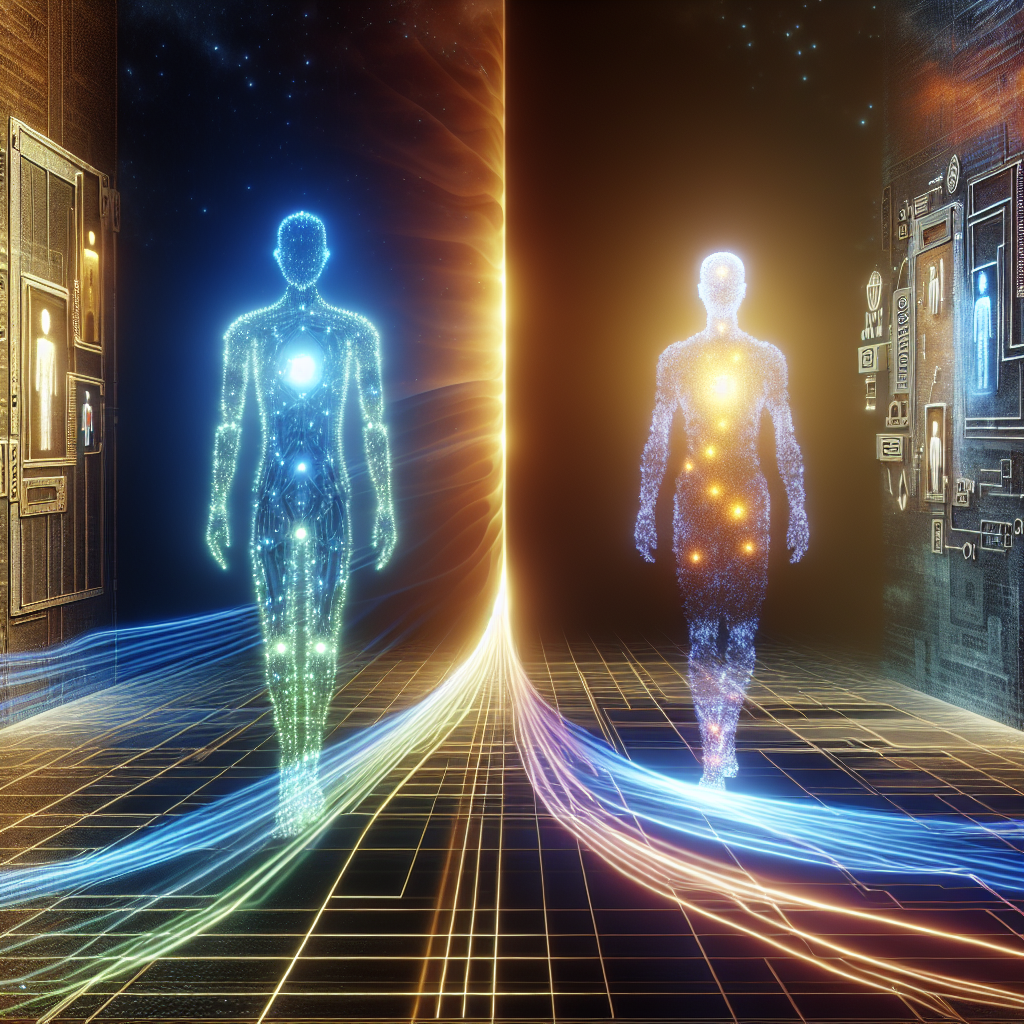Microsoft Deepens AI Strategy by Adding Anthropic to Copilot
Microsoft’s Copilot, the company’s AI-driven assistant platform, is expanding once again—this time with the inclusion of Anthropic’s AI models. In a significant move that could alter the balance of power in the artificial intelligence industry, Microsoft announced its integration of Anthropic’s Claude AI models into its Copilot ecosystem. This development signals a broader AI alignment strategy and raises questions about Microsoft’s ongoing relationship with OpenAI, the creator of ChatGPT. For government contractors, project managers, and technology executives involved in public-sector solutions, this move has important implications for AI procurement, platform choices, and future-focused planning.
The Strategic Importance of Anthropic in the AI Landscape
Anthropic is a San Francisco-based AI research company founded by former OpenAI employees. Its flagship product, Claude, is a high-performing language model designed to deliver safe, steerable, and controllable AI responses—a contrast to criticisms that some other LLMs (large language models) may show unpredictable behaviors. Microsoft’s decision to incorporate Claude alongside OpenAI’s GPT models introduces diversity, redundancy, and potentially greater safety into its AI offerings.
Why Anthropic Matters
Anthropic is widely viewed as one of the most credible “open-source-alternative” or “foundational model” challengers to OpenAI’s dominance. By embracing Claude, Microsoft is positioning itself to remain flexible and future-proof in its AI deployment strategy. This is particularly relevant in sectors (like government contracting) where ethical AI guidelines, transparency, and AI auditing capabilities are quickly becoming procurement requirements.
Microsoft Copilot: From GPT-Only to Multimodel Integration
Originally launched with GPT-4 as its primary engine, Copilot has evolved into Microsoft’s flagship AI productivity tool embedded in products such as Microsoft 365, Azure, Dynamics 365, and GitHub. The addition of Anthropic means Copilot can now select from multiple large language models depending on task requirements, accuracy needs, or enterprise sensitivities.
Multimodel Capabilities Unlock More Use Cases
Adding Claude to the mix strengthens Copilot’s ability to:
– Tailor responses toward a more “guardrail-compliant” tone
– Provide AI redundancy, ensuring higher availability and accuracy
– Enable segmentation of workloads based on risk classification
– Enhance decision-making assurance for federal and state agencies concerned about AI bias, hallucination, or security
In regulated environments, the ability to switch between different AI paradigms (e.g., deterministic vs. probabilistic responses) may help government contractors provide documented evidence for Responsible AI (RAI) compliance in proposals and ongoing service delivery.
Implications for Government Contractors and Project Managers
Expanding AI Procurement Options
By incorporating Anthropic, Microsoft is effectively offering choice architectures for federal and state agencies consuming AI-as-a-Service (AIaaS). This aligns well with OMB Memo M-22-10, which emphasizes vendor diversity and supplier security.
For procurement officers, the implications include:
– Vendor neutrality and flexibility in AI use cases
– Easier justification for tech stack decisions in solicitations and proposals
– Ability to meet upcoming AI governance mandates by demonstrating a multivendor approach
Risk Mitigation and Compliance
Project managers working within government contracts can benefit from enhanced model safety assurances. Claude has received praise for its emphasis on control and safety—key attributes when managing projects under frameworks like NIST’s Risk Management Framework (RMF) or PMBOK-based risk planning.
This integration supports:
– Stronger project planning through layered AI review processes
– Reduced rework and improved stakeholder trust in AI-generated content
– Transparent decision logs useful in audits and contract performance reports
The Gradual Disentangling of Microsoft and OpenAI?
Microsoft remains deeply invested in OpenAI, to the tune of $13 billion. However, this Anthropic integration signals a possible shift toward a diversified AI model marketplace, much like a cloud infrastructure vendor supporting multiple operating systems.
By extending access to Claude and potentially other models in the future (such as Meta’s LLaMA or Mistral), Microsoft:
– Reduces dependency on a single supplier or technology risk
– Aligns with federal cybersecurity goals (e.g., EO 14028) to protect software supply chains
– Empowers customers—especially federal agencies—to balance innovation with security
Conclusion: A Pivotal Moment in Enterprise AI Strategy
Microsoft’s inclusion of Anthropic’s Claude in Copilot marks a turning point in enterprise AI strategy and signals a broader commitment to a pluralistic, multi-AI future. For government contractors and public-sector project teams, it opens new vistas for implementing tailored, controlled, and risk-aware AI solutions. As the AI ecosystem continues to evolve, staying informed about these shifts is essential for maintaining a competitive edge in federal and state contracting. Future#MicrosoftAI #AnthropicClaude #CopilotIntegration #EnterpriseAI #AICompliance

